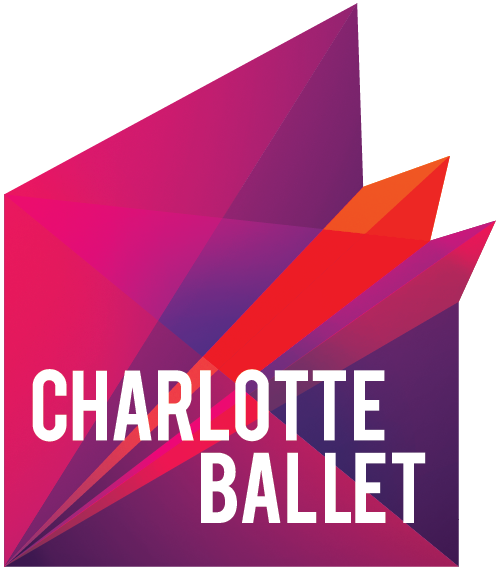#WomenInChoreo Wednesday with Stephanie Martinez
Since Artistic Director Hope Muir took the helm of Charlotte Ballet in 2018 the company has commissioned work into the repertoire from female choreographers each season. Women have long been underrepresented in creative roles with professional dance companies, but thanks to Muir Charlotte Ballet has a renewed commitment to providing opportunities to these intelligent and inspiring choreographers. We are excited about this new social mini-series #WomeninChoreo Wednesday where you will get to hear advice directly from those women, as well as gather insight as to how they are fueling their creative outlets during their time at home.
OUR CHAT WITH STEPHANIE MARTINEZ
1. With theaters closed and schedules disrupted through the crisis of Covid 19, how are you engaging with your art and staying both active and creative?
I’ve been taking class at home, it’s been fun to join classes that I wouldn’t normally be able to attend. I’ve also been reading “True and False” by David Mamet which covers different acting techniques. I’m trying to dig into different art forms and expand my thinking beyond the realm of dance so that I can bring a richer perspective to my work once we’re back in the studio.
2. Every creative process is unique in its own way, can you describe your experience working with Charlotte Ballet and how it may have differed from other companies?
When I create a ballet, especially for the work at Charlotte Ballet, it’s crucial for me to conceptualize and build an environment first. The reality is that an empty space can be a bit paralyzing, so I like to give very clear, specific tasks to the room so that we’re all working collectively towards creating something that feels honest, alive, and satisfying. The dancers at Charlotte Ballet are extremely passionate and have a fascination for exploration that continuously improves their skill level. I’ll be honest, Charlotte Ballet is one of my favorite companies that I’ve had the honor of working with to date. The dancers are open and curious, demanding a lot of themselves and producing an environment that any choreographer would love to work in. I could see the dancers growing day-to-day, trusting their instincts, making new choices, and building characters that were truthful and compelling. It is not a cookie-cutter company, but each individual in the room worked toward a united standard of excellence set by Hope’s leadership.
3. There has been a lot of focus on female choreographers recently in the press and how they are underrepresented in programming, can you discuss any challenges you might have faced and offer any advice to aspiring female choreographers?
I think there is some progress being made in gender diversity in dance due to the recent attention, but diverse choreographers still face many challenges. I would love to see more women of color being represented in the dance world, especially in ballet. Art is most impactful when it represents the diverse perspectives of it’s audience and we cannot ignore the reality that dance must then include a more diverse array of voices.
For aspiring female choreographers, the best advice I can provide is to focus on what drives your passion for this career. This focus will not only help you find the tenacity to move beyond any rejection you may face, but it will also bring clarity to your work.





